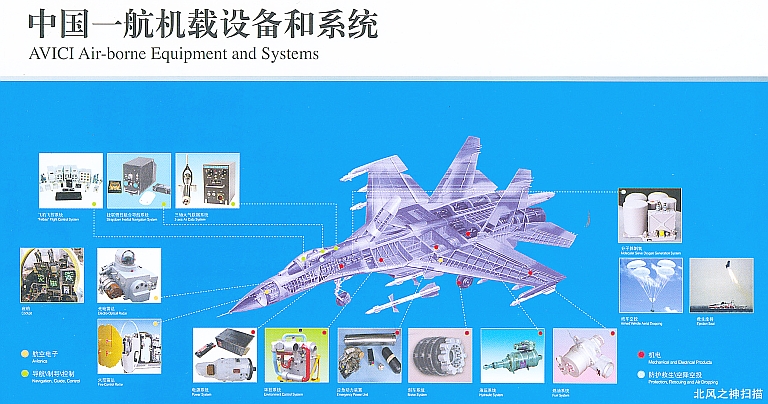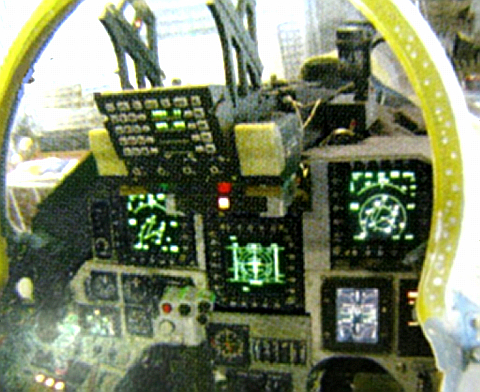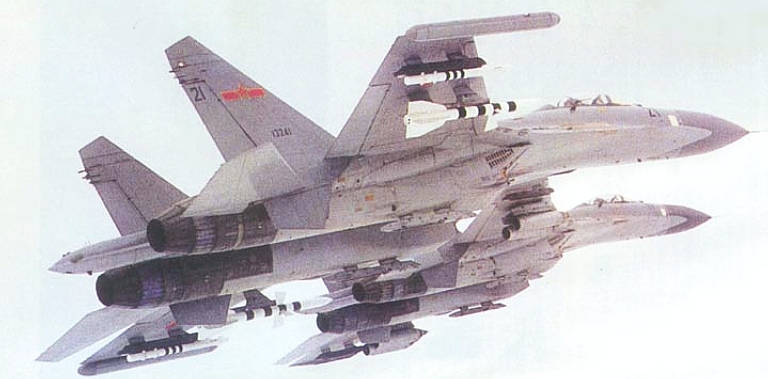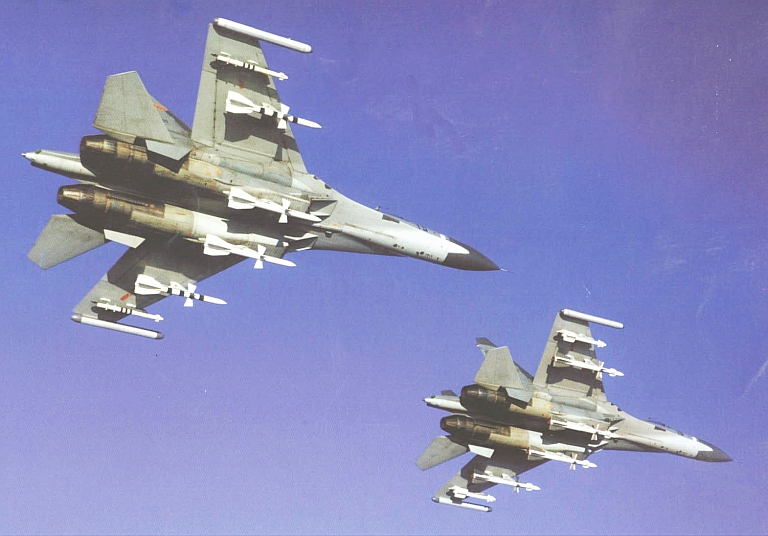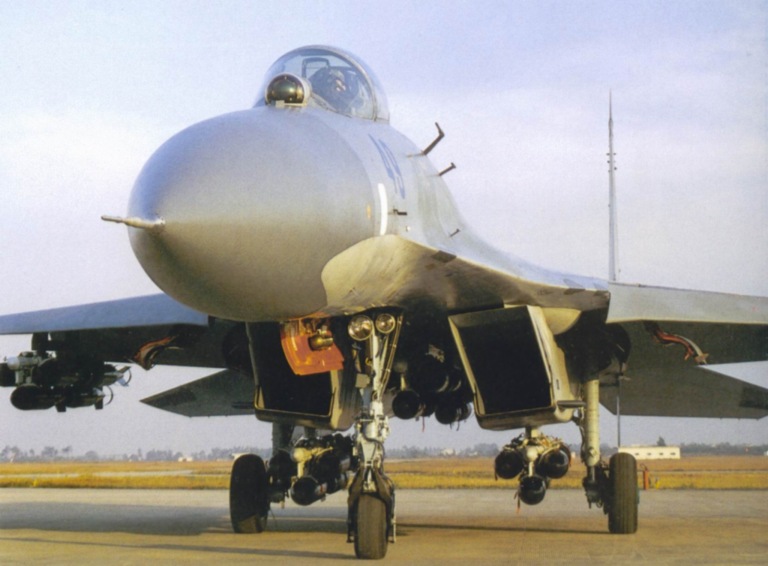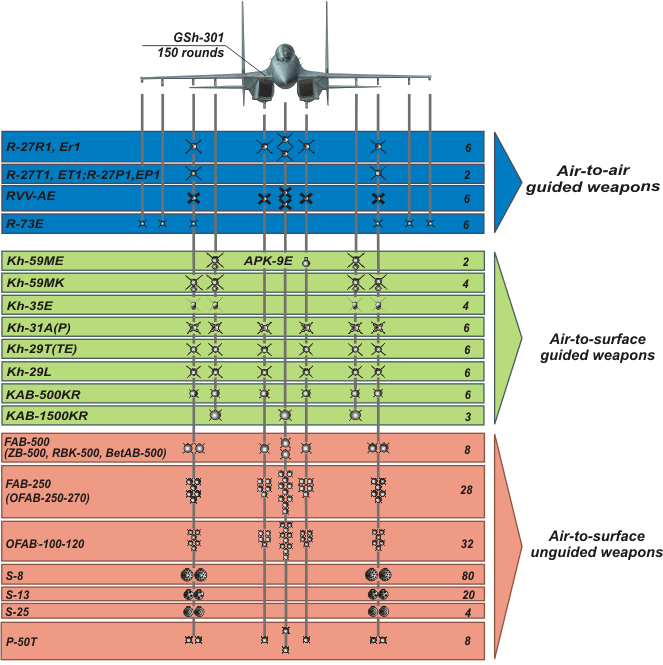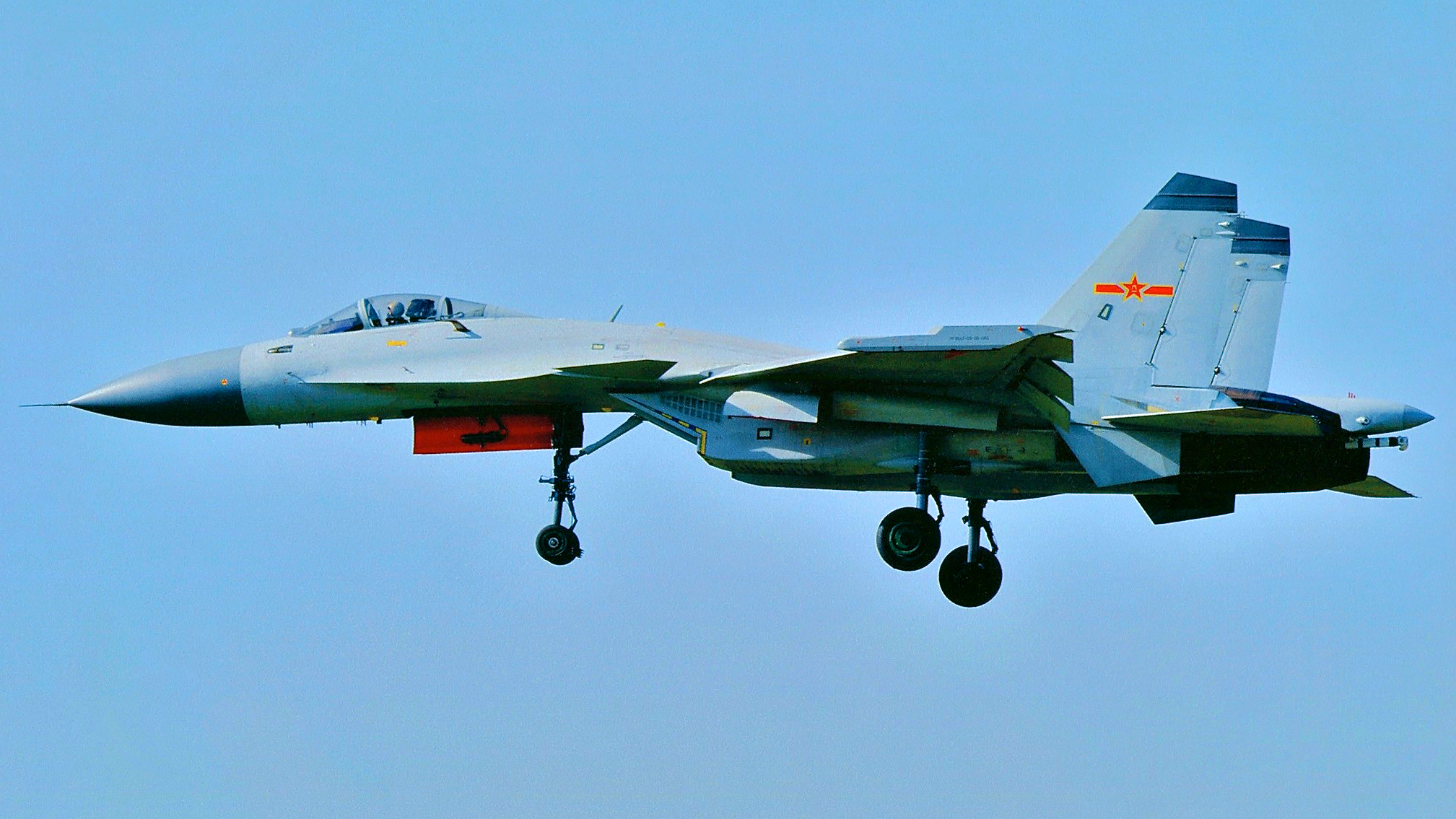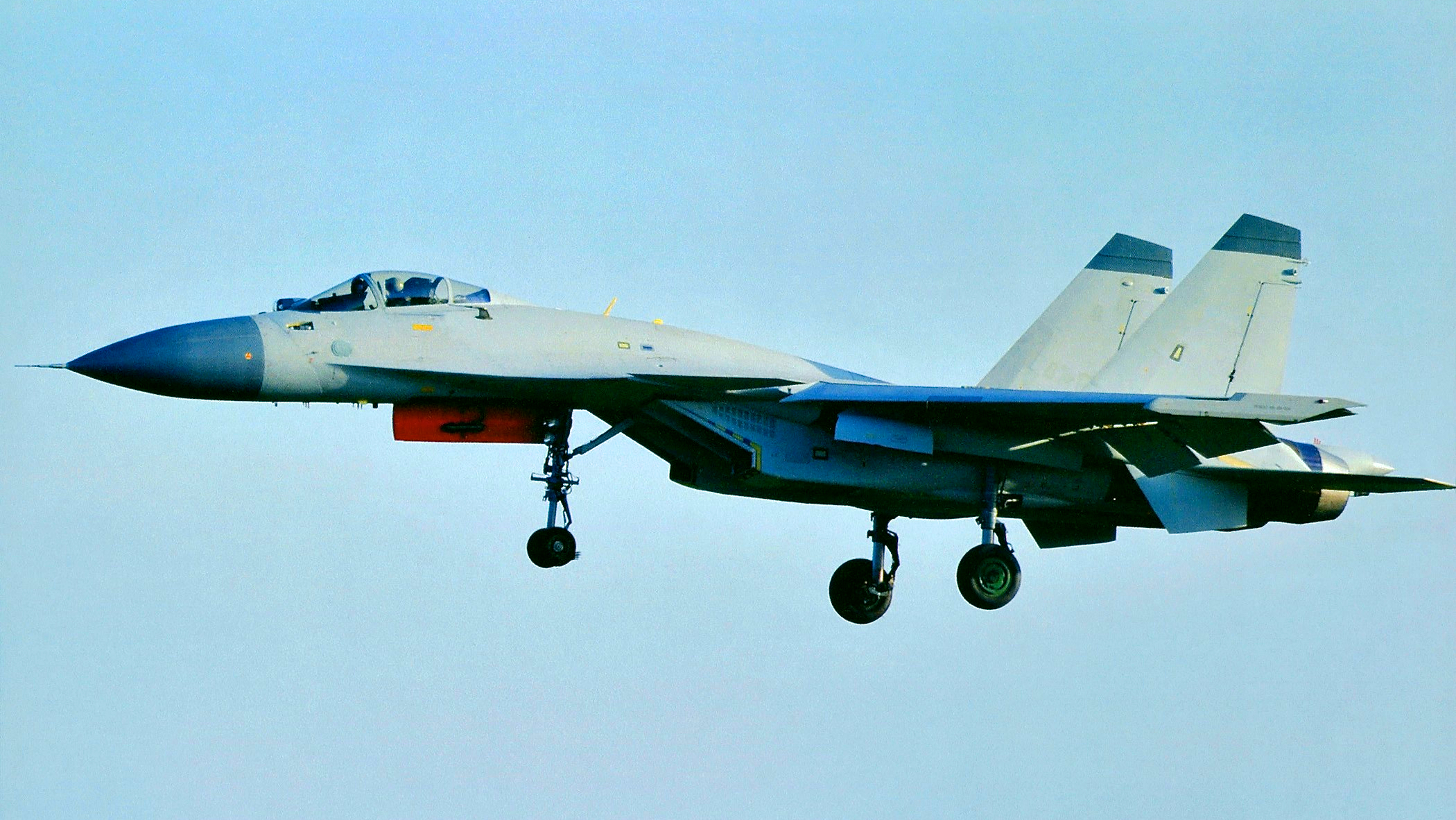|
||||||||||||||||||||||
![Home - Air Power Australia Website [Click for more ...]](APA/APA-Title-Main.png) |
||||||||||||||||||||||
![Sukhoi PAK-FA and Flanker Index Page [Click for more ...]](APA/flanker.png) |
![F-35 Joint Strike Fighter Index Page [Click for more ...]](APA/jsf.png) |
![Weapons Technology Index Page [Click for more ...]](APA/weps.png) |
![News and Media Related Material Index Page [Click for more ...]](APA/media.png) |
|||||||||||||||||||
![Surface to Air Missile Systems / Integrated Air Defence Systems Index Page [Click for more ...]](APA/sams-iads.png) |
![Ballistic Missiles and Missile Defence Page [Click for more ...]](APA/msls-bmd.png) |
![Air Power and National Military Strategy Index Page [Click for more ...]](APA/strategy.png) |
![Military Aviation Historical Topics Index Page [Click for more ...]](APA/history.png)
|
![Intelligence, Surveillance and Reconnaissance and Network Centric Warfare Index Page [Click for more ...]](APA/isr-ncw.png) |
![Information Warfare / Operations and Electronic Warfare Index Page [Click for more ...]](APA/iw.png) |
![Systems and Basic Technology Index Page [Click for more ...]](APA/technology.png) |
![Related Links Index Page [Click for more ...]](APA/links.png) |
|||||||||||||||
![Homepage of Australia's First Online Journal Covering Air Power Issues (ISSN 1832-2433) [Click for more ...]](APA/apa-analyses.png) |
||||||||||||||||||||||
| Last Updated: Mon Jan 27 11:18:09 UTC 2014 | ||||||||||||||||||||||
|
||||||||||||||||||||||
PLA-AF and PLA-N Flanker VariantsTechnical Report APA-TR-2012-0401 |
||||||||||||||||||||||||||||||||||||||||||||||||||||||||||||||||||||||||||||||||||||||||||||||||||||||||||||||
by Dr Carlo Kopp, AFAIAA, SMIEEE, PEng April, 2012 Updated May, 2012 Text, Line Artwork © 2012 Carlo Kopp |
||||||||||||||||||||||||||||||||||||||||||||||||||||||||||||||||||||||||||||||||||||||||||||||||||||||||||||||
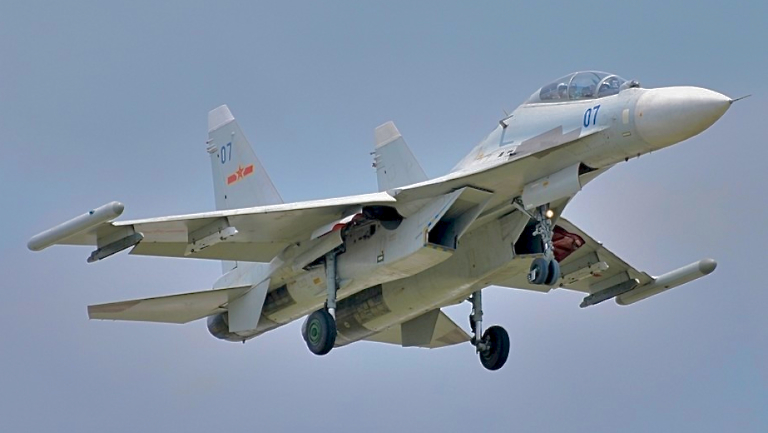 PLANAF Su-30MK2 in flight, with the
distinctive dual undercarriage nosewheel deployed.
|
||||||||||||||||||||||||||||||||||||||||||||||||||||||||||||||||||||||||||||||||||||||||||||||||||||||||||||||
|
||||||||||||||||||||||||||||||||||||||||||||||||||||||||||||||||||||||||||||||||||||||||||||||||||||||||||||||
IntroductionThe PLA is now operating or developing no less than eight
distinct variants or derivatives of the Russian developed Flanker
fighter, and in 2012 was reported to be negotiating access to the
Su-35S, which constitutes a ninth variant. This is greater diversity in variants of the Flanker than the
diversity of the Russian Federation armed forces which operate the
Su-27S Flanker B, Su-27UB Flanker C, Su-27M/Su-35 Flanker E,
Su-27MUB/Su-35UB Flanker E, Su-27K/Su-33 Flanker D and in 2012, the
Su-35S. The common perception, reinforced by Russian media
disinformation, is that Chinese Flankers are either Russian sourced, or
exact clones of Russian variants. This is not correct, as the only
Chinese built Flankers identical to Russian aircraft were the 100
licence built J-11A Flanker B aircraft, identical to Russian supplied
Su-27SK Flanker B. While the first indigenous variant, the J-11B, uses the basic
Su-27SK Flanker B airframe, it was mostly unique systems, many
different from the Russian systems in the Su-27SK. The dual seat J-11BS is a fusion of the J-11B and Su-27UBK
designs. The J-15 is a derivative rather than clone of the Su-27K/Su-33
naval fighter, and shows evidence of common systems fit with the J-11B. The reported “J-16” is claimed to be a derivative of the
J-11BS intended to
fill the niche of the Su-30MK2, but with interfaces and fire control
capabilities to support indigenous Chinese PGMs. Until high quality
imagery showing detail features is available, further
analysis can only be speculative.
There is ample evidence at this time to state that Chinese Flankers are a unique family of aircraft, following the pattern observed with Chinese built J-6/A-5 MiG-19 Farmer and J-7 MiG-21 Fishbed variants, where the Chinese manufacturers progressively altered significant portions of the original Russian designs to develop unique and distinct product lines. From a Western perspective, the important consideration in force structure planning and strategy is that this diverse mix of aircraft must be considered and assessed on the unique merits of each variant, as there are significant differences in weapons, systems, aerodynamic performance and other capabilities between these types. Much the same will apply for Electronic Warfare planning,
as
emitter libraries and modes will need to be mapped for both Chinese and
Russian developed and maintained Flanker variants and derivatives. |
||||||||||||||||||||||||||||||||||||||||||||||||||||||||||||||||||||||||||||||||||||||||||||||||||||||||||||||
Chinese
Flanker Systems and Weapons
|
||||||||||||||||||||||||||||||||||||||||||||||||||||||||||||||||||||||||||||||||||||||||||||||||||||||||||||||
PLAAF
Shenyang
J-11A / KnAAPO Su-27SK Flanker B
|
||||||||||||||||||||||||||||||||||||||||||||||||||||||||||||||||||||||||||||||||||||||||||||||||||||||||||||||
|
A pair of Su-27SK
Flanker B with wingtip Sorbstiya EW pods.
Chinese
PLA-AF
Su-27SK
Flanker
B.
|
||||||||||||||||||||||||||||||||||||||||||||||||||||||||||||||||||||||||||||||||||||||||||||||||||||||||||||||
PLAAF
KnAAPO Su-27UBK Flanker C
|
||||||||||||||||||||||||||||||||||||||||||||||||||||||||||||||||||||||||||||||||||||||||||||||||||||||||||||||
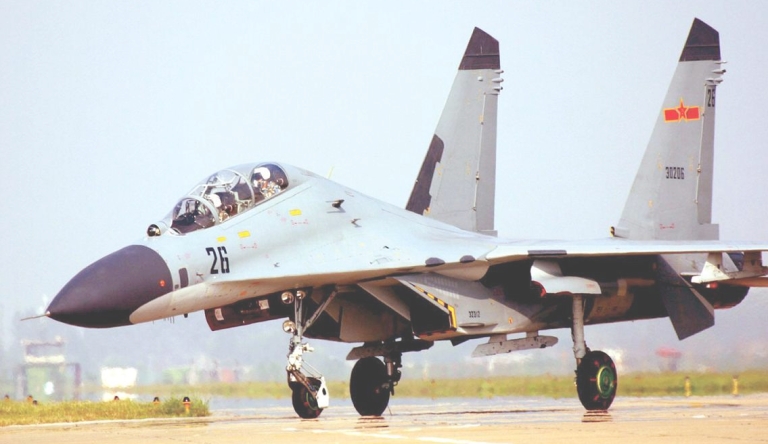 PLAAF Su-27UBK Flanker C dual role
trainer.
|
||||||||||||||||||||||||||||||||||||||||||||||||||||||||||||||||||||||||||||||||||||||||||||||||||||||||||||||
PLAAF
KnAAPO Su-30MKK Flanker G
|
||||||||||||||||||||||||||||||||||||||||||||||||||||||||||||||||||||||||||||||||||||||||||||||||||||||||||||||
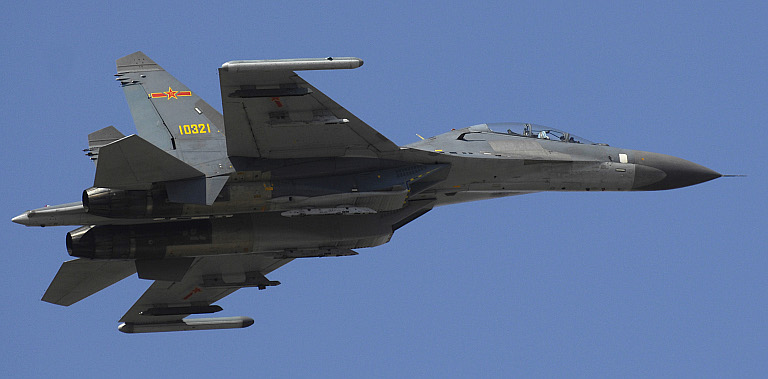 Above: operational Su-30MKK with
Sorbstiya EW pods on wingtips. Below: Su-30MKK on display in Russia.
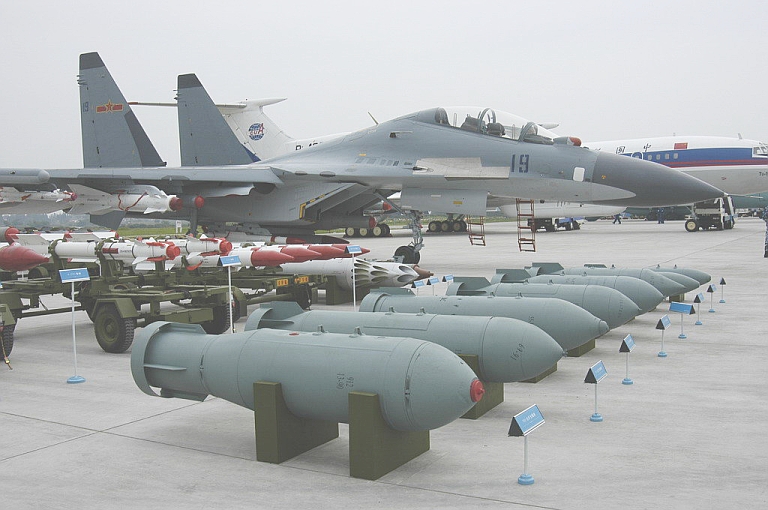 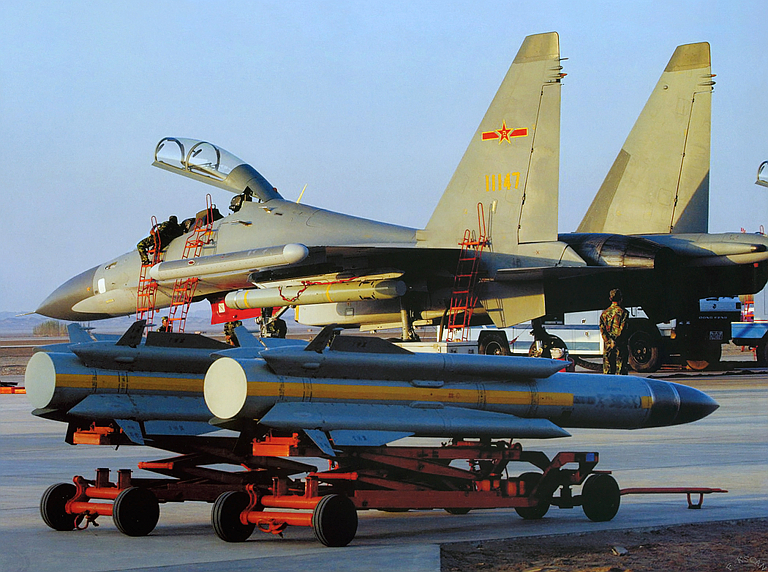 Operational Su-30MKK with a pair of
Kh-31P Krypton anti-radiation missiles in the foreground (PLAAF).
Su-30MK loadout (Sukhoi). 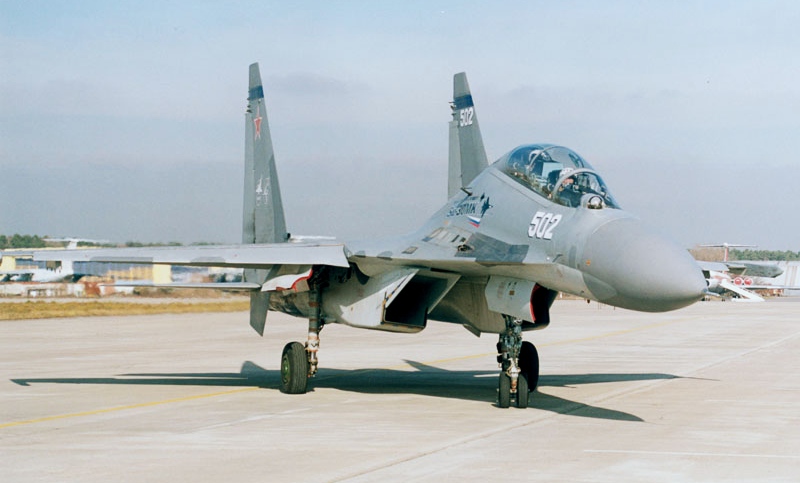 Above, below: Su-30MKK prototype in
Russia (KnAAPO).
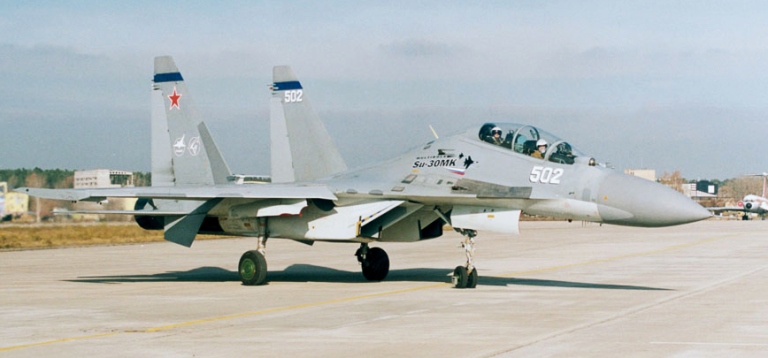 |
||||||||||||||||||||||||||||||||||||||||||||||||||||||||||||||||||||||||||||||||||||||||||||||||||||||||||||||
PLANAF
KnAAPO Su-30MK2 Flanker G+
|
||||||||||||||||||||||||||||||||||||||||||||||||||||||||||||||||||||||||||||||||||||||||||||||||||||||||||||||
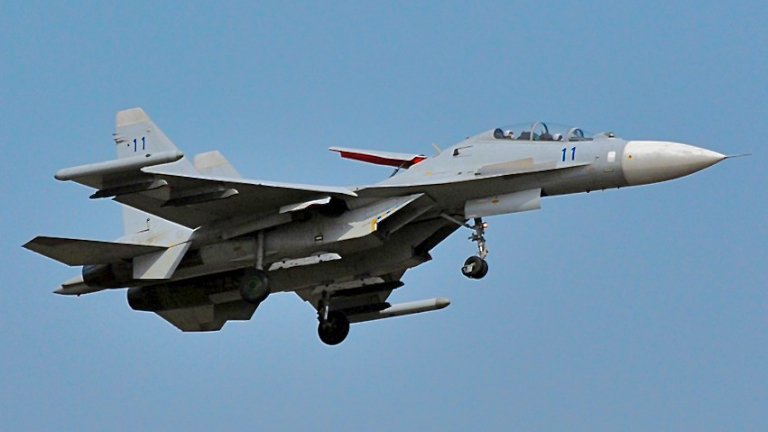 While the Su-30MK2 is derived from
the Su-30MKK, it differs in two key respects. The first is the higher
gross weight and stronger undercarriage, including a dual nosewheel,
and the second being the integration of additional anti-ship weapons
such as the Kh-59MK. All aircraft displayed to date carry wingtip EW
pods, likely the Sorbstiya series, but possibly later SAP-518 series.
Depicted aircraft are painted in PLANAF light grey tactical camouflage
conceptually similar to the 1980s US Navy FS 36375 / FS 36495 two-tone
combination.
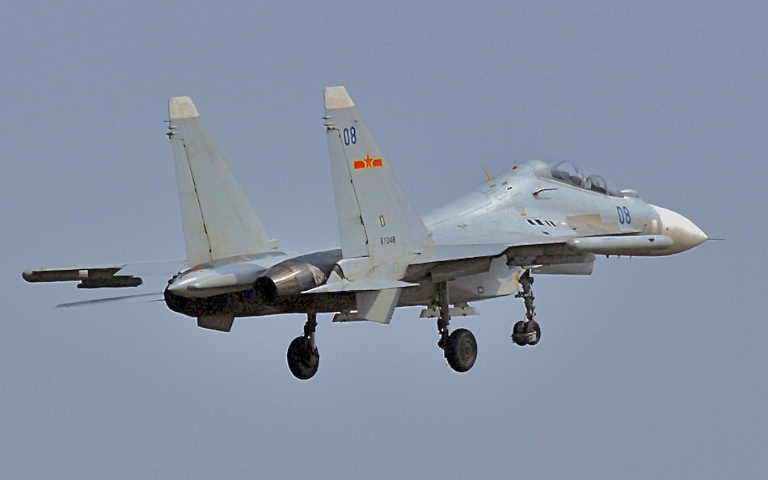 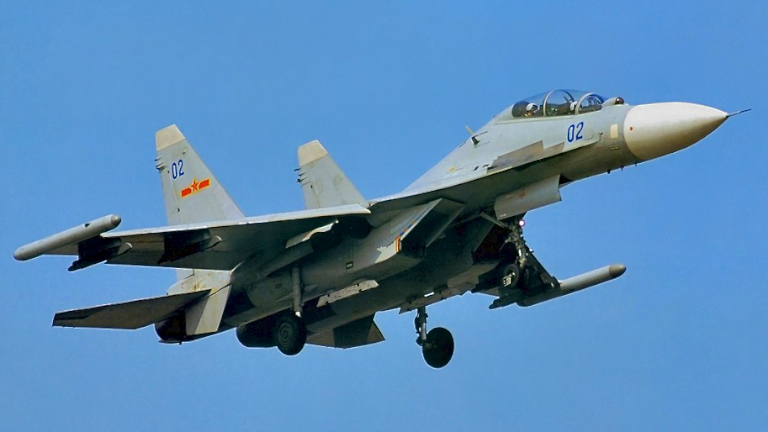 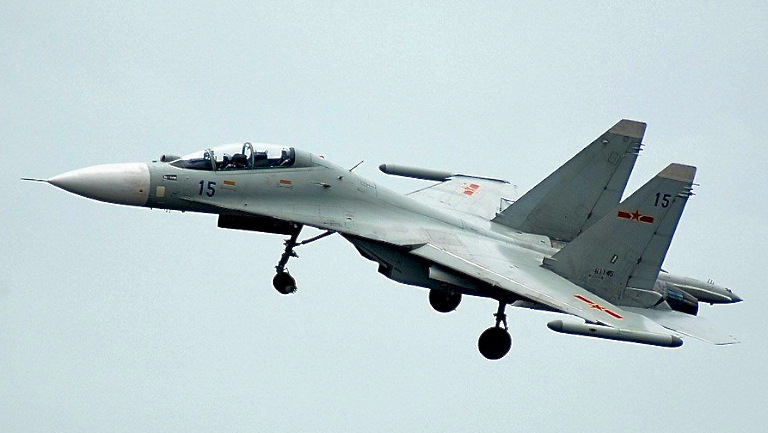 |
||||||||||||||||||||||||||||||||||||||||||||||||||||||||||||||||||||||||||||||||||||||||||||||||||||||||||||||
PLAAF
Shenyang
J-11B Flanker B+
|
||||||||||||||||||||||||||||||||||||||||||||||||||||||||||||||||||||||||||||||||||||||||||||||||||||||||||||||
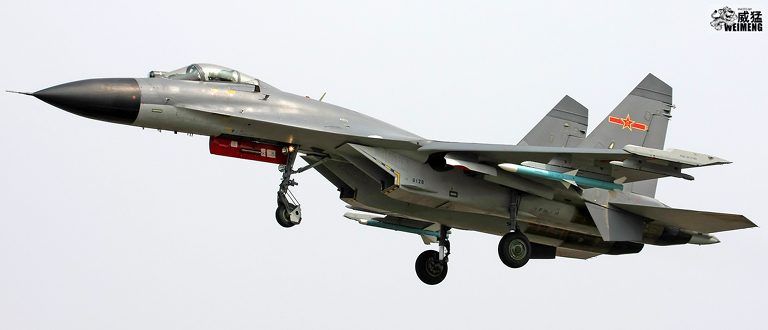 Above,
below: new build
Shenyang J-11B Flanker B fighters in new PLA-AF two tone high contrast
tactical
camouflage. The upper aircraft is armed with a PL-8 Python 3 and PL-12
Sino-AMRAAM (courtesy Weimeng).
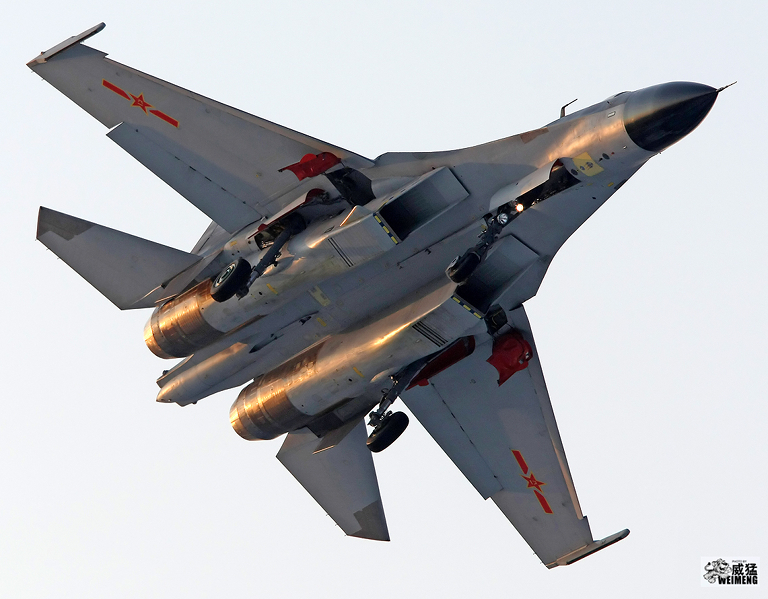 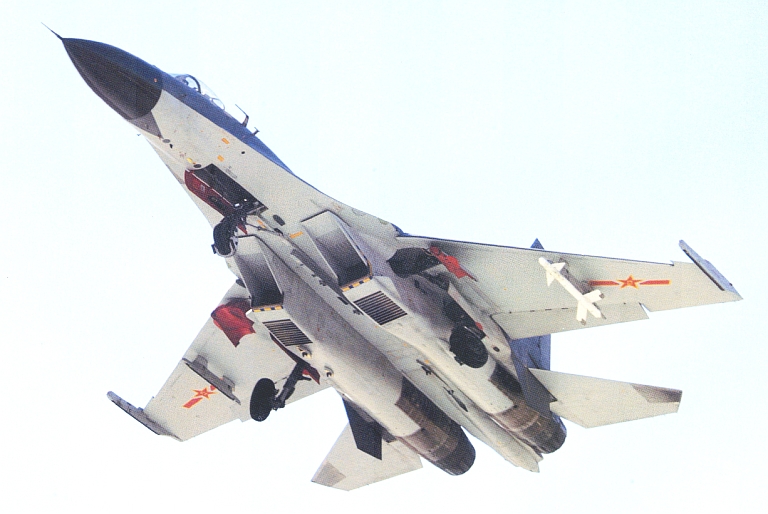 New build Shenyang J-11B Flanker B fighter. The missile under the wing is a Chinese clone of the Rafael Python 3 heatseeking missile. The J-11B aircraft are typically painted in different tactical camouflage to the J-11A, with a dark/medium blue grey upper surface, light grey lower surface, black radome, while the half ellipse grey area on the nose is overpainted with uniform camouflage. The camouflage compares closely to the 1980s TAC FS 36118 / FS 36270 employed on the F-16 fleet (Chinese internet images). 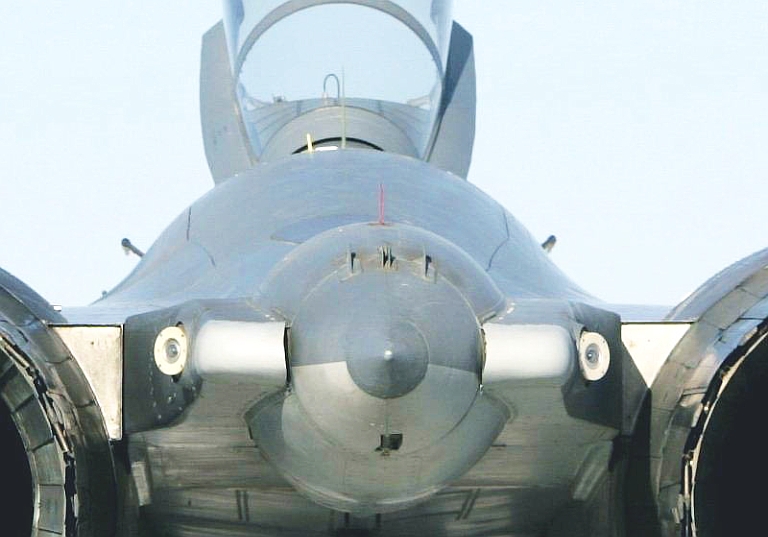 Optical
Missile
Approach Warning System apertures on the J-11B.
|
||||||||||||||||||||||||||||||||||||||||||||||||||||||||||||||||||||||||||||||||||||||||||||||||||||||||||||||
PLANAF Shenyang
J-11BH Flanker B+
|
||||||||||||||||||||||||||||||||||||||||||||||||||||||||||||||||||||||||||||||||||||||||||||||||||||||||||||||
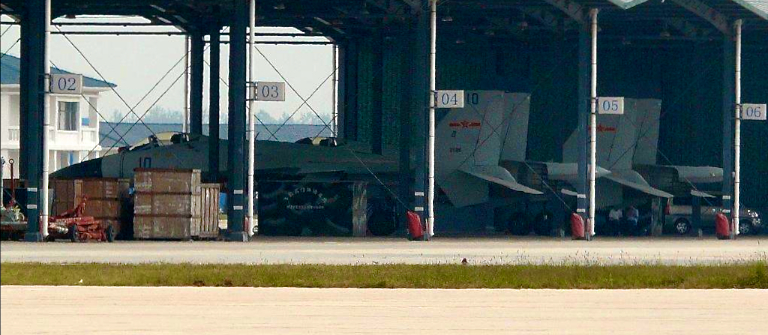 Shenyang J-11BH attributed to the
22nd Fighter Regiment, 8th PLAN Fighter
Division, in characteristic PLANAF light grey camouflage (via Chinese
Internet).
|
||||||||||||||||||||||||||||||||||||||||||||||||||||||||||||||||||||||||||||||||||||||||||||||||||||||||||||||
PLAAF
Shenyang
J-11BS Flanker C+ Prototype
|
||||||||||||||||||||||||||||||||||||||||||||||||||||||||||||||||||||||||||||||||||||||||||||||||||||||||||||||
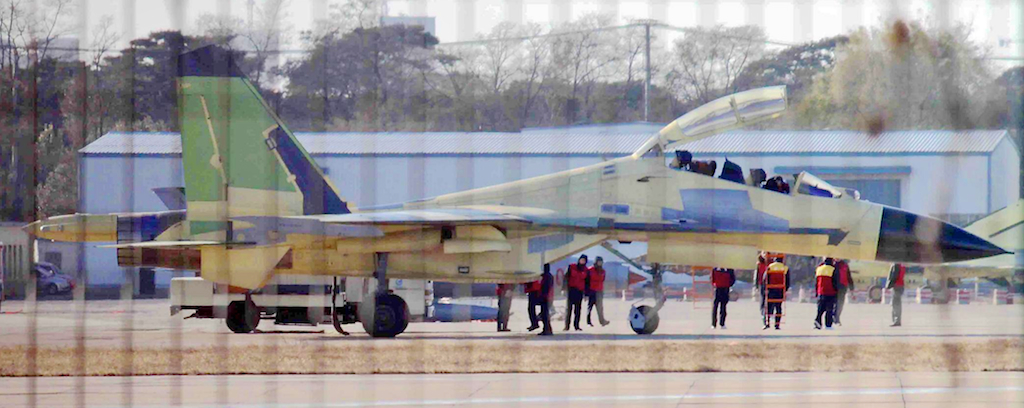 Unpainted J-11BS
prototype. The aircraft employs features of the J-11B and Su-27UBK. The
optical MAWS employed on the J-11B is discernable (via Chinese
Internet).
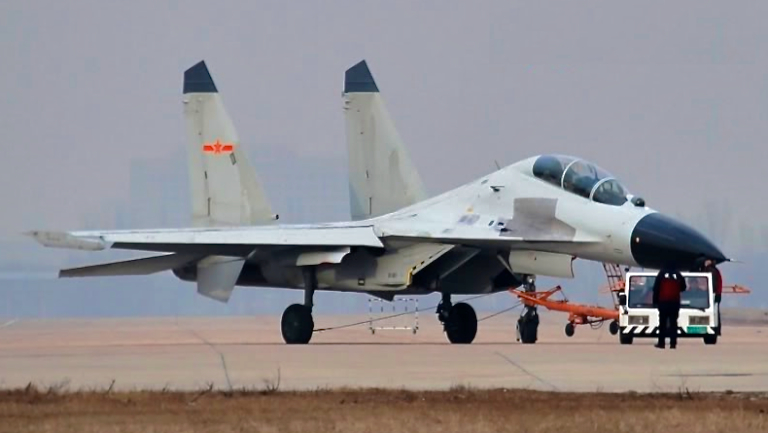 A J-11BS aircraft in light grey
camouflage typically employed on PLANAF types (courtesy Weimeng).
|
||||||||||||||||||||||||||||||||||||||||||||||||||||||||||||||||||||||||||||||||||||||||||||||||||||||||||||||
PLANAF Shenyang J-15 Flanker D |
||||||||||||||||||||||||||||||||||||||||||||||||||||||||||||||||||||||||||||||||||||||||||||||||||||||||||||||
|
A J-15 prototype in flight.
The design is a reverse engineered Su-27K based on prototype hardware
acquired in the Ukraine circa 2001.
A J-15 prototype in light grey
PLANAF camouflage
livery, lacking numbers and insignia.
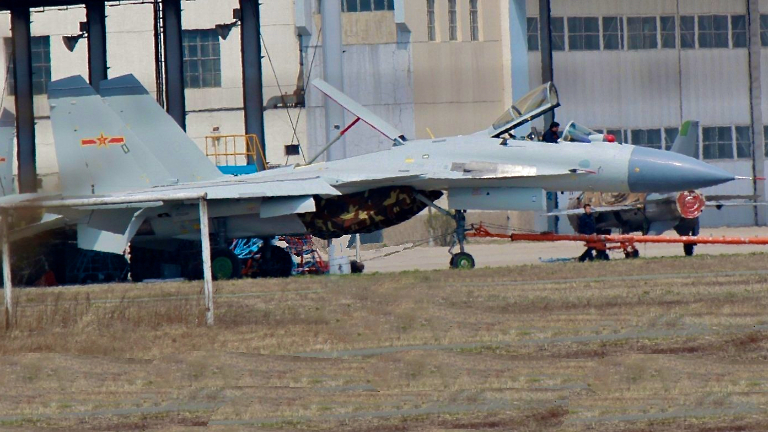 A J-15 prototype in grey camouflage
livery, with
insignia applied.
|
||||||||||||||||||||||||||||||||||||||||||||||||||||||||||||||||||||||||||||||||||||||||||||||||||||||||||||||
References
 |
||||||||||||||||||||||||||||||||||||||||||||||||||||||||||||||||||||||||||||||||||||||||||||||||||||||||||||||
|
Technical Report APA-TR-2012-0401 |
||||||||||||||||||||||||||||||||||||||||||||||||||||||||||||||||||||||||||||||||||||||||||||||||||||||||||||||
|
|||||||||||||
![Sukhoi PAK-FA and Flanker Index Page [Click for more ...]](APA/flanker.png) |
![F-35 Joint Strike Fighter Index Page [Click for more ...]](APA/jsf.png) |
![Weapons Technology Index Page [Click for more ...]](APA/weps.png) |
![News and Media Related Material Index Page [Click for more ...]](APA/media.png) |
||||||||||
![Surface to Air Missile Systems / Integrated Air Defence Systems Index Page [Click for more ...]](APA/sams-iads.png) |
![Ballistic Missiles and Missile Defence Page [Click for more ...]](APA/msls-bmd.png) |
![Air Power and National Military Strategy Index Page [Click for more ...]](APA/strategy.png) |
![Military Aviation Historical Topics Index Page [Click for more ...]](APA/history.png)
|
![Information Warfare / Operations and Electronic Warfare Index Page [Click for more ...]](APA/iw.png) |
![Systems and Basic Technology Index Page [Click for more ...]](APA/technology.png) |
![Related Links Index Page [Click for more ...]](APA/links.png) |
|||||||
![Homepage of Australia's First Online Journal Covering Air Power Issues (ISSN 1832-2433) [Click for more ...]](APA/apa-analyses.png) |
|||||||||||||
| Artwork, graphic design, layout and text © 2004 - 2014 Carlo Kopp; Text © 2004 - 2014 Peter Goon; All rights reserved. Recommended browsers. Contact webmaster. Site navigation hints. Current hot topics. | |||||||||||||
|
Site Update
Status:
$Revision: 1.753 $
Site History: Notices
and
Updates / NLA Pandora Archive
|
|||||||||||||
|
|
Tweet | Follow @APA_Updates | |||||||||||
|
|
|||||||||||||
|
|
|||||||||||||
![F-111 Aardvark Index Page [Click for more ...]](APA/f-111.png)
![F/A-18 Hornet and Super Hornet Index Page [Click for more ...]](APA/fa-18a.png)
![Aerial Refuelling and Airlift Capabilities Index Page [Click for more ...]](APA/aar-lift.png)
![Directed Energy Weapons and Electromagnetic Bombs Index Page [Click for more ...]](APA/dew.png)
![Notices and Updates Index Page [Click for more ...]](APA/notices-128.png)
![APA NOTAM and Media Release Index Page [Click for more ...]](APA/notams-128.png)
![APA Research Activities and Policy / Technical Reports Index [Click for more ...]](APA/research-128.png)
![Search Air Power Australia Website [Click for more ...]](APA/search-128.png)
![Briefings and Submissions - Air Power Australia [Click for more ...]](APA/briefs-128.png)
![Air Power Australia Contacts [Click for more ...]](APA/contacts-128.png)
![Funding Air Power Australia [Click for more ...]](APA/funding-258.png)
